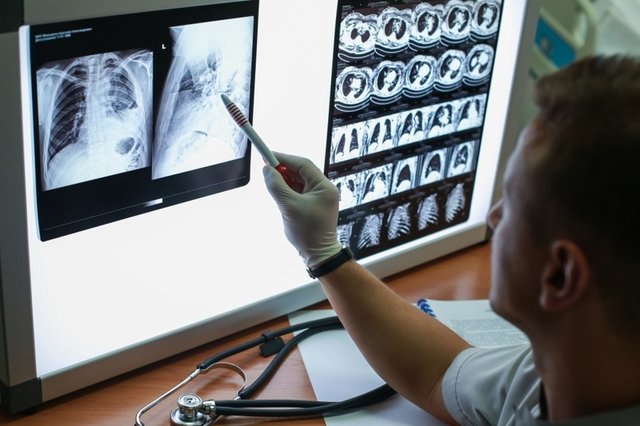Viz.ai has already brought its FDA-cleared artificial intelligence-powered clinical triage software to stroke care, helping healthcare providers quickly detect and begin treating intracranial hemorrhage and large vessel occlusion. Now, it’s expanding throughout the body, adding tools to triage cases of pulmonary embolism and aortic dissection to the Viz intelligent care coordination platform.
But rather than starting from scratch to develop its own software to spot those potentially fatal clots in the lungs and aorta, Viz has recruited Avicenna.AI for the job.
Avicenna’s CINA Chest platform relies on deep learning to assess CT chest angiography and thoraco-abdominal CT angiography to spot signs of pulmonary embolism and aortic dissection, respectively.
In a pulmonary embolism, a blood clot travels through the veins before landing in one of the pulmonary arteries in the lungs, blocking the flow of blood and oxygen into the lungs. Aortic dissection, meanwhile, occurs when the innermost layer of the body’s main artery tears, allowing blood to flow in between the inner and middle layers of the vessel.
Both conditions are notoriously difficult to diagnose early, as they typically start with subtle, easily overlooked symptoms before rapidly escalating into potentially life-threatening situations.
CINA Chest attempts to address that issue by catching signs of blood clots forming in the lungs and aorta before they cause total blockages. The system was cleared in both the U.S. and Europe earlier this year.
When Avicenna and Viz’s systems are combined, they’ll result in a platform that analyzes CT angiography to detect indicators of pulmonary embolism or aortic dissection, then automatically alerts and coordinates care teams to begin treating the conditions immediately.
Once a potential medical issue is spotted, Viz’s platform is designed to issue urgent notifications to all appropriate members of clinical care teams. They can look over the scans from their smartphones or tablets, including any AI analysis of the imaging data, while also factoring in real-time patient information and status changes included in the alert.
Additionally, in the lead-up to any necessary medical procedures, the care teams can communicate with each other via secured phone calls and one-on-one and group chats within the HIPAA-compliant Viz app.
“Thanks to our AI-based solutions, we hope to facilitate an optimal medical response within a short time frame and improve patient care. We look forward to bringing the benefits of our pulmonary embolism and aortic dissection triage tools to the emergency room and beyond,” said Avicenna CEO Cyril Di Grandi.
Viz and Avicenna teamed up amid a successful year for both companies. Viz, for example, recently received a CE mark for its large vessel occlusion-spotting AI software. That came shortly after the company closed a none-too-shabby $71 million series C in March.
And, in addition to receiving its back-to-back FDA clearance and CE mark for CINA Chest, Avicenna snagged yet another European approval in May. That CE mark was granted to CINA Aspects, which processes CT scans of the brain to determine the severity of a stroke.

